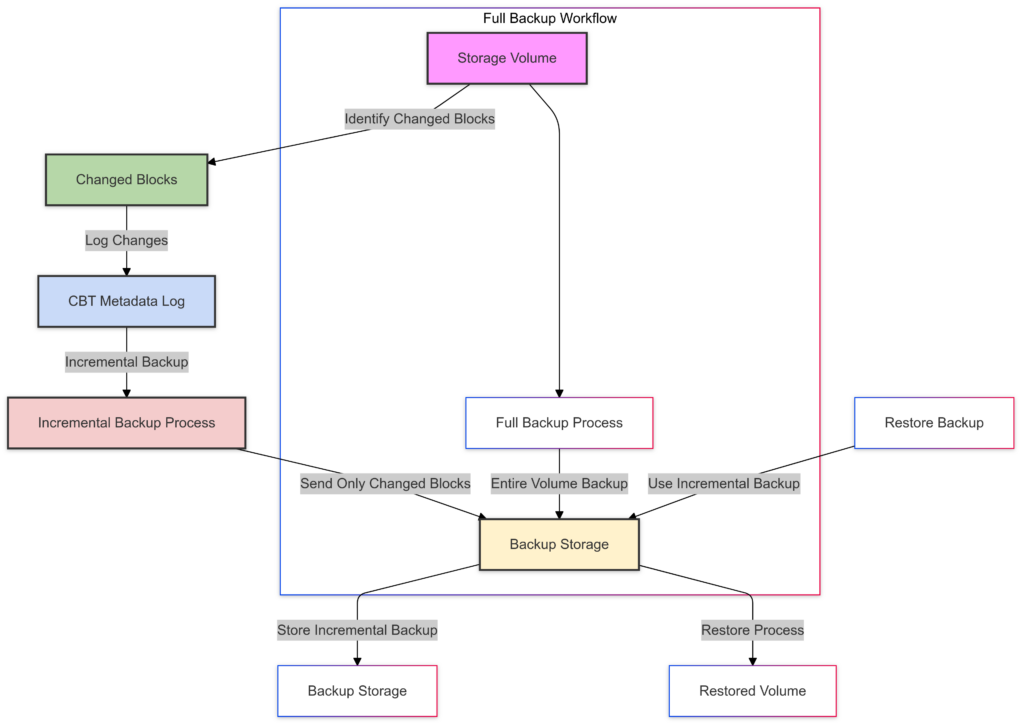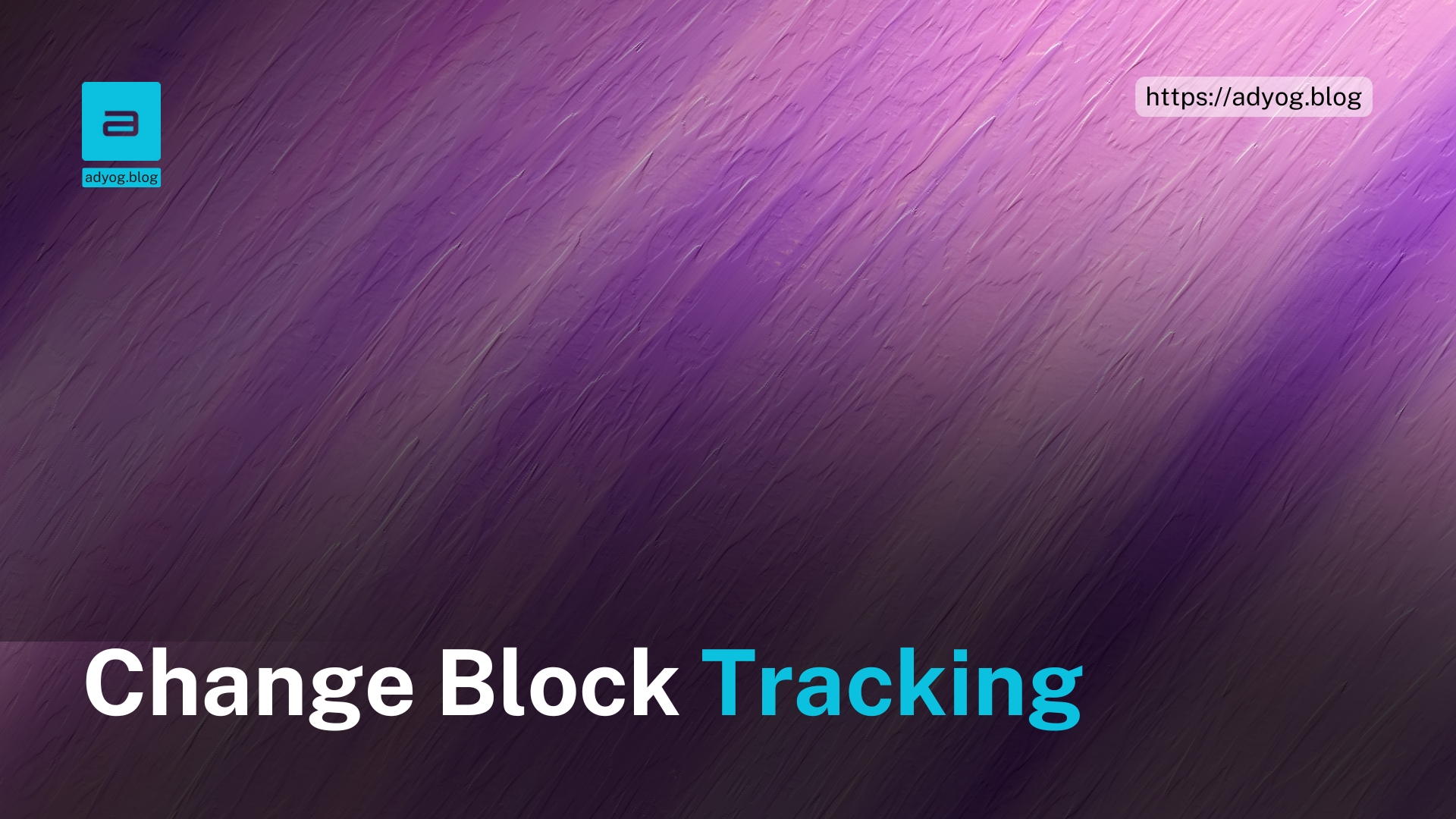The release of Kubernetes 1.32 introduces Change Block Tracking (CBT), a pivotal feature poised to redefine storage efficiency in cloud-native environments. CBT offers an innovative approach to incremental backups, disaster recovery, and data migration by focusing on changed data blocks rather than entire volumes. This feature not only optimizes backup processes but also reduces costs and improves performance. As organizations increasingly adopt Kubernetes for their workloads, CBT emerges as a critical tool for managing storage more effectively.
What is Change Block Tracking (CBT)?
Defining CBT
Change Block Tracking identifies and logs changes made to specific storage blocks. By tracking modified blocks since the last operation, CBT enables more efficient incremental backups and data synchronization, drastically reducing data redundancy.
How CBT Works
- Block Identification: Storage volumes are divided into blocks, each with a unique identifier.
- Change Recording: Kubernetes records modified blocks in a metadata log, eliminating the need to reprocess unchanged data.
- Incremental Backups: Backups focus solely on the modified blocks, optimizing storage usage and accelerating the process.

Key Use Cases for CBT
- Incremental Backups
Save time and storage by backing up only modified blocks, enabling frequent backups for dynamic environments like databases. - Disaster Recovery
Accelerate system recovery during outages by restoring only the most recent changes, reducing downtime. - Data Migration
Simplify data transfers across clusters or storage backends by synchronizing incremental changes instead of full datasets. - CI/CD Pipelines
Rapidly replicate development and testing environments by leveraging CBT for efficient data synchronization. - Edge Computing
Enable real-time data processing at the edge by synchronizing only essential data changes to central systems.
The Alpha Status of CBT in Kubernetes 1.32
Current Capabilities
- Available as an alpha feature, CBT is designed for testing and prototyping, offering early adopters a chance to evaluate its potential.
- Integration with select CSI drivers provides a glimpse into its functionality, though broader compatibility is expected in future releases.
Known Limitations
- Limited CSI Driver Support: Not all storage backends support CBT in its current state.
- Testing Required: As an alpha feature, CBT is not yet stable for production workloads.
- Performance Overheads: Tracking changes may introduce minor overhead during normal operations.
Call for Participation
Kubernetes developers and users are encouraged to test CBT, share feedback, and contribute to its refinement. Early adopters play a vital role in shaping the future of this feature.
Real-World Applications of CBT
Example 1: E-commerce Platform
An e-commerce business with real-time inventory updates reduced its daily backup time from 6 hours to under 1 hour by leveraging CBT for incremental backups. This not only saved storage costs but also ensured data availability during high-traffic periods.
Example 2: Financial Services
A financial institution improved its disaster recovery process by using CBT to restore critical systems 70% faster, ensuring compliance with regulatory recovery time objectives (RTOs).
Quantifying Performance Gains
Preliminary tests and user reports suggest the following potential improvements:
- Backup Times: Reduced by up to 80%, depending on workload size and data change rates.
- Storage Savings: Incremental backups require significantly less storage compared to full backups, particularly in high-change environments.
Technical Insights: CSI Driver Integration and Security
Integration with CSI Drivers
CBT requires updates to CSI drivers for seamless operation. Supported drivers must be capable of:
- Identifying and logging block-level changes.
- Handling metadata updates efficiently.
- Supporting cross-storage backend operations for advanced use cases.
Security Considerations
- Data Encryption: CBT ensures data is encrypted during transfer to prevent unauthorized access.
- Integrity Checks: Metadata logs undergo regular integrity checks to ensure accurate tracking of changes.
- Access Controls: Role-based access controls (RBAC) can limit who can initiate backups or access CBT data, enhancing security in multi-tenant environments.
Addressing Potential Concerns
- Impact on Normal Operations
CBT introduces minimal performance overhead during normal operations. The Kubernetes team is actively optimizing CBT to balance efficiency with performance. - Vendor Lock-In
While Kubernetes remains an open-source platform, ensuring CSI driver compatibility across vendors mitigates risks of vendor lock-in.
Future of CBT in Kubernetes
The alpha release of CBT is just the beginning. Future advancements may include:
- General Availability (GA): Broader CSI driver compatibility and enhanced stability for production use.
- Enhanced Features: AI-driven change prediction for even faster backups and improved data synchronization.
- Federated Learning Integration: CBT could enable efficient data synchronization in distributed learning environments, unlocking new possibilities for edge AI.
Conclusion: Why Kubernetes 1.32’s CBT is Worth Exploring
Kubernetes 1.32’s Change Block Tracking (CBT) feature represents a significant leap forward in cloud-native storage management. By optimizing backups, accelerating disaster recovery, and reducing storage costs, CBT empowers organizations to focus on innovation rather than infrastructure. Although in its early stages, CBT offers a glimpse into the future of efficient, reliable, and scalable storage solutions.





Leave a Reply